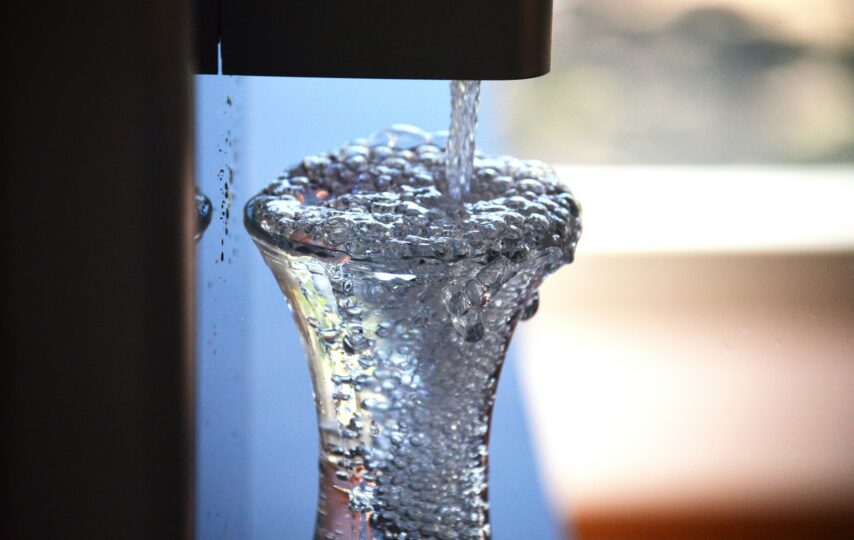Legionella bacteria pose significant health threats to humans when found in water systems. Legionella water management plans play an integral part in preventing outbreaks of legionnaires’ disease – an incurable form of pneumonia caused by inhaling aerosolized water droplets containing legionella bacteria – by effectively mitigating them before any outbreak occurs.
What Is Legionella?
Legionella bacteria is a pathogenic strain commonly found in warm environments like plumbing systems, cooling towers, and hot tubs that thrives when aerosolized water droplets containing legionella bacteria are breathed in through water droplets that form aerosolized aerosol. Legionnaires Disease may result in lungs infiltrating our bodies through these aerosolized droplets causing potentially life-threatening symptoms; outbreaks have occurred at hospitals, hotels, and cruise ships as well as many others.
Legionella bacteria are particularly destructive as they thrive and proliferate across many different water sources, producing biofilms that allow them to avoid disinfectant products and remain protected from them. Once legionella-contaminated water becomes aerosolized via showers or air conditioning systems, it can easily infiltrate into our lungs leading to infection – although not via person-to-person transmission, but through breathing in droplets contaminated with legionella-bacteria-contaminated water droplets; knowing its sources and transmission routes are vital in devising successful prevention strategies to safeguard public health protection efforts against legionella infection and protecting public health measures against it.
Risks Associated with Legionella
Legionnaires’ disease tends to strike individuals with compromised immune systems, older adults, smokers, or those living with chronic health conditions like cardiovascular or respiratory illness. Signs and symptoms could include high fever, coughing fits, shortness of breath, muscle aches, or headaches if left untreated; unchecked it could progress quickly into serious complications including respiratory failure or even septic shock if untreated quickly enough.
Preventing legionella contamination requires an integrated strategy combining maintenance of water systems, temperature regulation, and disinfection treatments with regular reviews to identify any risks of legionella in water supplies and devising comprehensive plans to identify, mitigate, or remediate risks to guarantee quality water supplies in safer environments.
Our water management plans offer solutions by way of risk assessments, monitoring protocols, and remediation measures intended to guarantee high levels of quality for users while simultaneously minimizing risks related to legionnaires’ disease as a result of legionella presence and promoting water quality maintenance and ensuring healthy environments through proactive measures that promote prevention strategies designed for effective legionella prevention measures aimed at minimization.
Prevention of Legionella Contamination
Legionella prevention requires an approach that encompasses regular maintenance of water systems, temperature regulation, and disinfection treatments, along with comprehensive risk evaluation plans to identify potential risks of legionella contamination in water systems and mitigate these potential threats. Legionella water management plans typically incorporate risk evaluation protocols along with remediation measures designed to maintain high water quality standards and safety measures to guarantee compliance and quality for users of water services.
Regular maintenance of water systems is necessary to prevent biofilm formation that harbors legionella bacteria, leading to its spread through biofilms. This requires cleaning cooling towers, water heaters, and any other sources that contain water to eliminate sediment and debris that harbor these microorganisms. Temperature control is also of vital importance as legionella bacteria proliferate rapidly when water temperatures between 20degC and 45degC (68degF and 113degF) become warm.
Management of Legionella Outbreaks
Rapid action must be taken when confronted by a legionella outbreak to contain its spread and protect public health. Diagnosing legionnaires’ disease often requires special laboratory tests such as urine antigen testing or cultivating samples for bacteria culturing samples from legionella bacteria cultures in urine samples for analysis; treatment often includes antibiotics administered early. Furthermore, public health authorities may implement measures designed to disinfect affected water systems as well as provide education about legionella prevention strategies to their residents.
Early identification and response are critical in controlling legionella outbreaks and halting their further spread. Healthcare providers must remain alert for signs and symptoms of legionnaires’ disease in patients experiencing respiratory illness who have come in contact with potentially contaminated water sources.
Prompt diagnosis and treatment can greatly enhance outcomes for individuals infected by legionella infection. Public health agencies play an invaluable role in responding to outbreaks by coordinating response efforts; such as locating sources of contamination, implementing control measures, and providing guidance to healthcare facilities, as well as guidance for healthcare consumers themselves. By working collaboratively and taking preventative steps together we can effectively control legionella outbreaks while safeguarding public health.
Conclusion
Understanding the risks, prevention, and management of legionella are vitally important to public health protection. Legionella water management plans play a vital role in avoiding outbreaks and maintaining water systems safely. By adopting proactive measures and staying abreast of new strategies for legionella prevention we can decrease our risks for legionnaires’ disease while encouraging healthier environments through water quality maintenance strategies.








